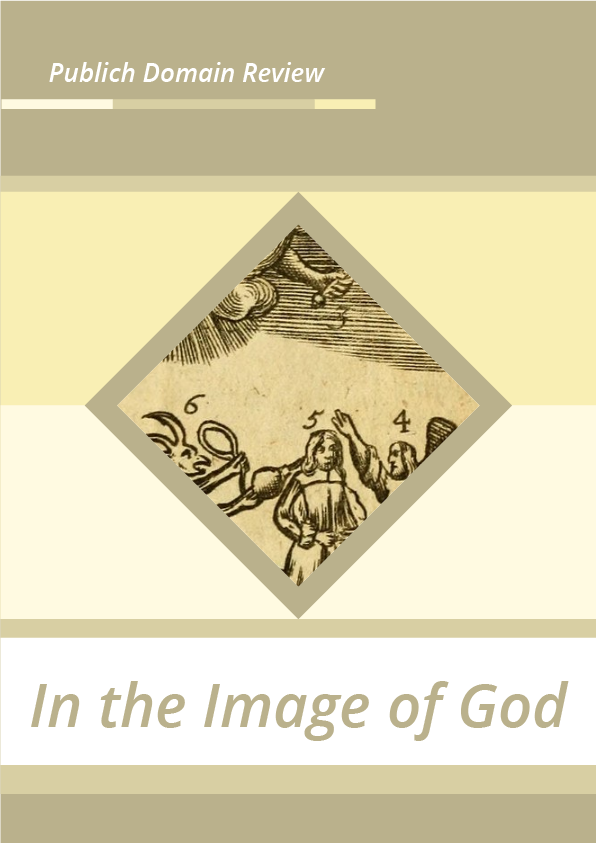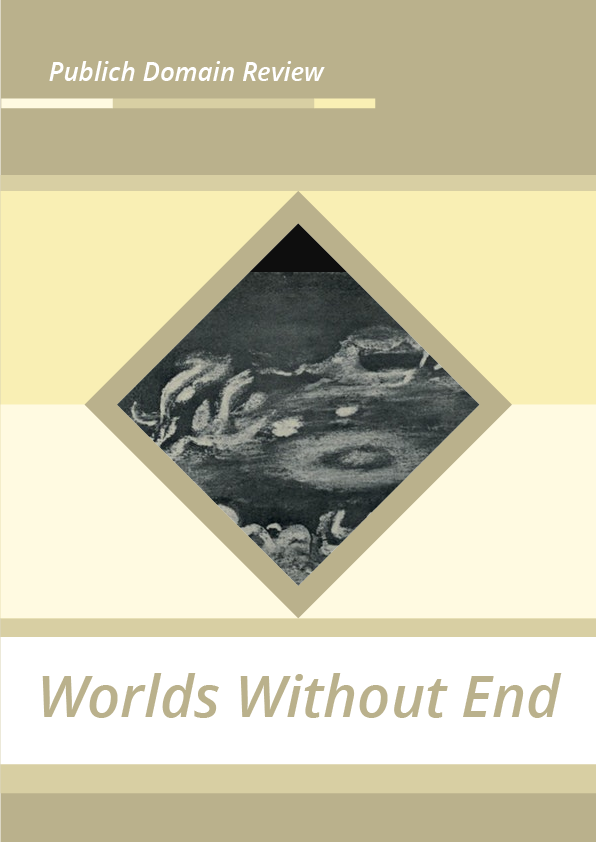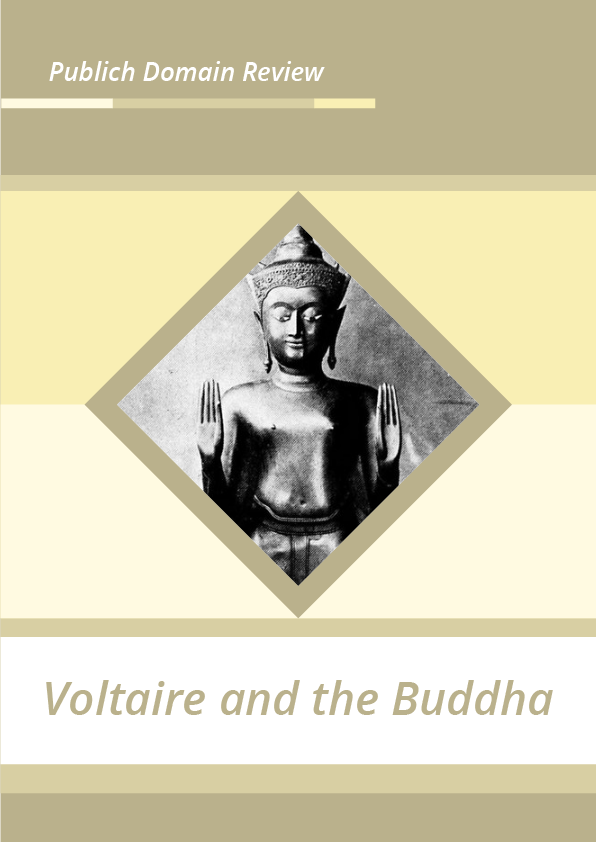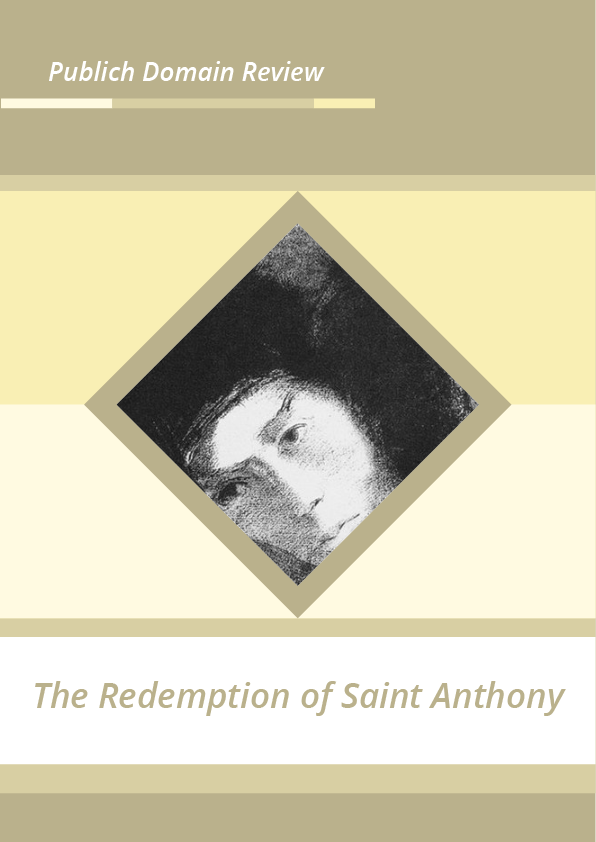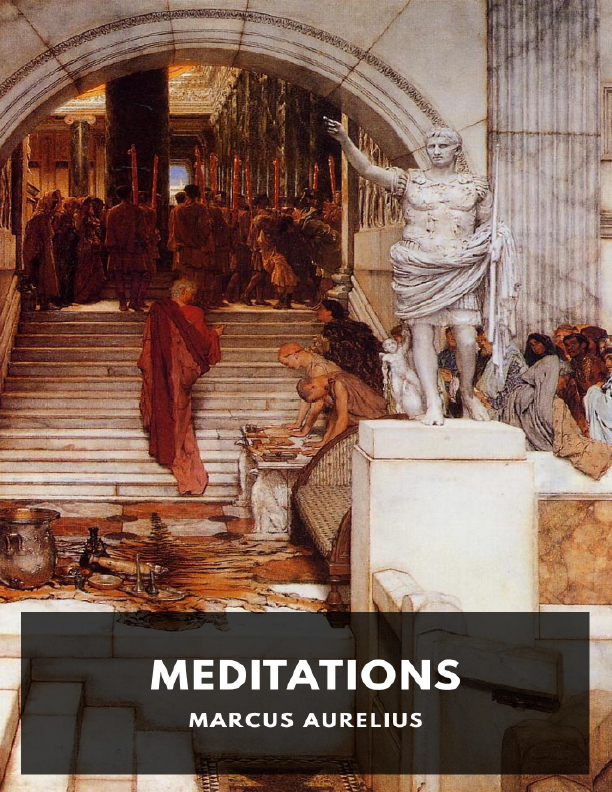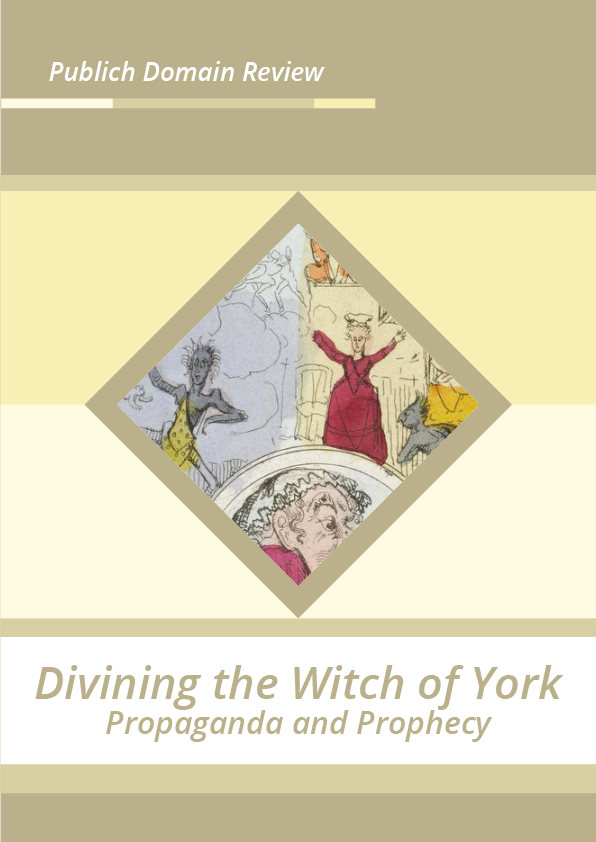In the mid 17th-century John Comenius published what many consider to be the first picture book dedicated to the education of young children, Orbis Sensualium Pictus – or The World of Things Obvious to the Senses drawn in Pictures, as it was rendered in English. Charles McNamara explores how, contrary to Comenius’ assertions, the book can be seen to be as much about the invisible world as the visible.
John Comenius’ Orbis Sensualium Pictus (or The World of Things Obvious to the Senses drawn in Pictures) is, according to the Encyclopaedia Britannica, “the first children’s picture book.” Originally published in 1658 in Latin and German, the Orbis — with its 150 pictures showing everyday activities like brewing beer, tending gardens, and slaughtering animals — is immediately familiar as an ancestor of today’s children’s literature. This approach centered on the visual was a breakthrough in education for the young, as was the decision to teach the vernacular in addition to Latin. Unlike treatises on education and grammatical handbooks, it is aimed directly at the young and attempts to engage on their level.
The Orbis was hugely popular. At one point it was the most used textbook in Europe for elementary education, and according to one account it was translated into “most European and some of the Oriental languages.” Its author John Comenius, a Czech by birth, was also well-known throughout Europe and worked in several countries as a school reformer. His portrait was painted by Rembrandt, and according to an 1887 edition of the Orbis, Comenius was even “once solicited to become President of Harvard College.” (Although he never came to Harvard, one can still find his name engraved on the western frieze of Teachers College at Columbia University.) Even if he is less celebrated today by name, his innovative ideas about education are still influential. In his Didactica Magna, for example, he advocates for equal educational opportunities for all: boys and girls, rich and poor, urban and rural.
Despite his progressive aims and lasting educational influence, Comenius does not come off as a thoroughly modern schoolmaster. When we turn to the first page of the Orbis, we find an opening sentence that would seem peculiar in today’s children’s books: “Come, boy, learn to be wise.” We see above the text a teacher and student in dialogue, the former holding up his finger and sporting a cane and large hat, the latter listening in an emotional state somewhere between awe and anxiety. The student asks, “What doth this mean, to be wise?” His teacher answers, “To understand rightly, to do rightly, and to speak out rightly all that are necessary.”
The first chapter of the Orbis looks to the third of these goals in what reads like an early version of “Old MacDonald Had a Farm.” Children learn how “to speak out rightly” by imitating animal noises. These two pages are a trove of Latin onomatopoetic verbs and peculiar renderings of animal sounds: cats cry out “nau nau” instead of “meow meow,” and we learn that “the Duck quacketh” (anas tetrinnit), “the Hare squeaketh” (lapus vagit), and “the Crow crieth” (cornix cornicatur). This introduction to animal noises is familiar territory for modern educational toys, as any trip to Toys R’ Us confirms. The teacher explains that first the student must learn “the plain sounds…which living creatures know how to make, and thy tongue knoweth how to imitate.” After mastering these noises, the student and teacher “will go into the World, and we will view all things.”
Charles McNamara is a PhD candidate in the Department of Classics at Columbia University. His main research traces the history of certainty, both in its ancient origins and in its early modern applications to legal thought. In addition to his work at Columbia, he also teaches in Rome with the Paideia Institute, a non-profit educational organization dedicated to promoting the study and appreciation of the classical humanities. More information can be found at his website: http://charlesmcnamara.com.
